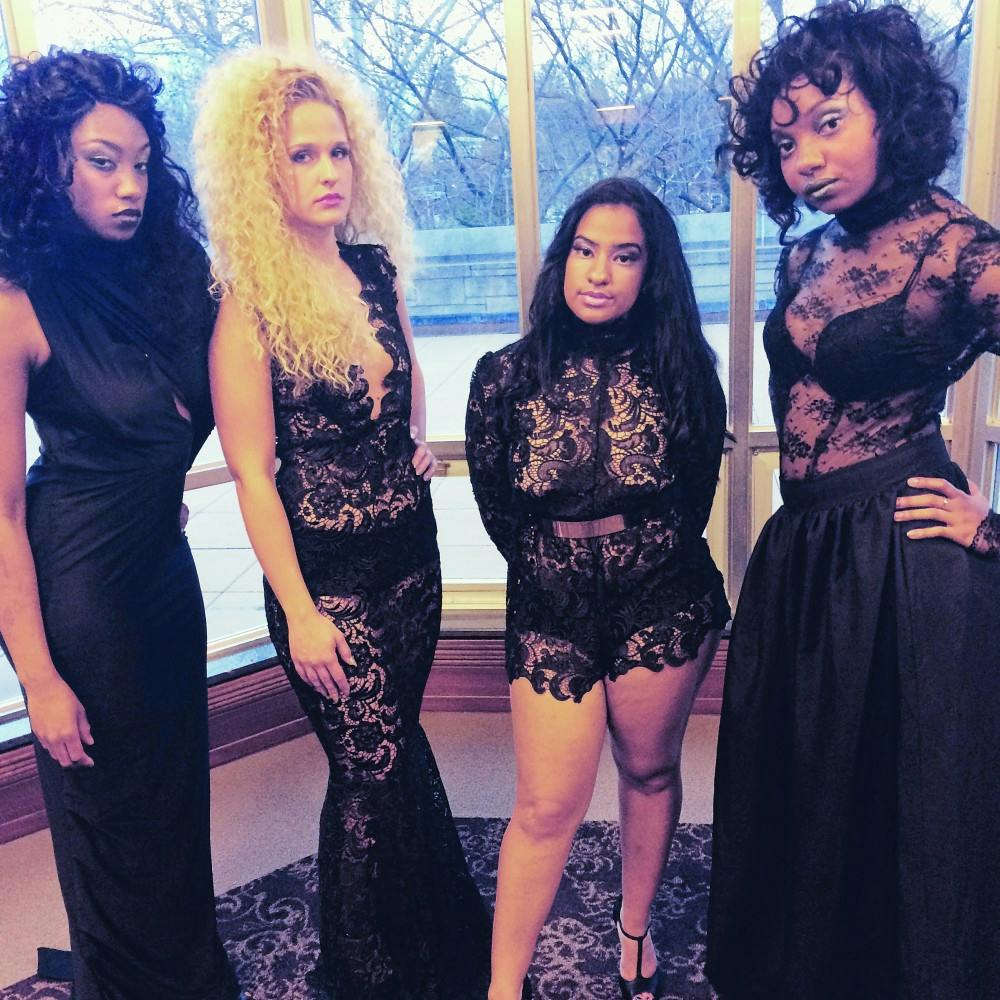The scandal at the Miss Universe pageant in December made many question why we still have competitions based solely on a certain style of beauty.
Virginia Vitzthum, a Professor of Anthropology and Senior Research Scientist at the Kinsey Institute, said, to an anthropologist acting as an outsider, "plus-size" is confusing.
“It’s like saying ‘plus-rich’ or ‘plus-tall,’” Vitzthum said. “It implies that there’s something higher.”
The societal view, however, is different. Size 18 used to be normal, she said, but now anything higher than a 12 is considered plus-size.
“(We’ve) redefined anything higher than a thin model as a plus-size,” Vitzthum said.
Te’Arrow Hoggard, a student in the Fashion Design Bachelor of Arts program at IU, said she only used what would be considered "plus-size" models to show her designs at the school’s fashion show last spring.
“I feel the plus-size representation of men and women in the media is becoming more common and prevalent, progressing to show that curves can be healthy and beautiful,” she said.
Claire Russell, another student in fashion design, said she disagrees.
“Although there has been much more representation (of plus-size people) in the recent years, it has not yet reached a good level,” she said. “I do think that there was a trend of thin models … and then that trend became something that designers took as a norm.”
Russell said the distinction between commercial and high fashion is the designer's personal muse, and how he or she wants clothes to be presented.
Hoggard said for runway-level fashion, model choice is entirely based on the personal taste of the designer, though sometimes size affects the decision for practical reasons.
"The more curvy a model is, the more fabric is needed to make the garment," she said.
Both Russell and Hoggard said the size of the average woman is not accurately represented in the models used in advertising, especially in campaigns that show clothes companies expect average women to buy.
However, Target’s new Who What Wear collection features models of different sizes and shapes. Hoggard said more fashion brands use plus-size models, mentioning Torrid and their campaign allowing anyone to audition to be a model.
But Hoggard said she prefers the high-fashion industry because of the personal process in designing clothes. In her spring collection, called “Dark Fantasy,” she said she used black lace to distance her designs from the innocent connotation that usually comes with delicate white lace.
“When I designed my collection in the spring, I specifically looked for ladies with hips and curves to show that not all models have to be a size 0 or 2,” Hoggard said. “In the fashion industry, the saying ‘Beauty is in the eye of the beholder’ is a literal statement.”
The definition of beauty has largely been left up to designers alone, Russell said, but she said she thinks this is changing.
“More people are brave enough to say ‘This is what I think is beautiful,’” she said. “Fashion is used to push these ideas forward.”






